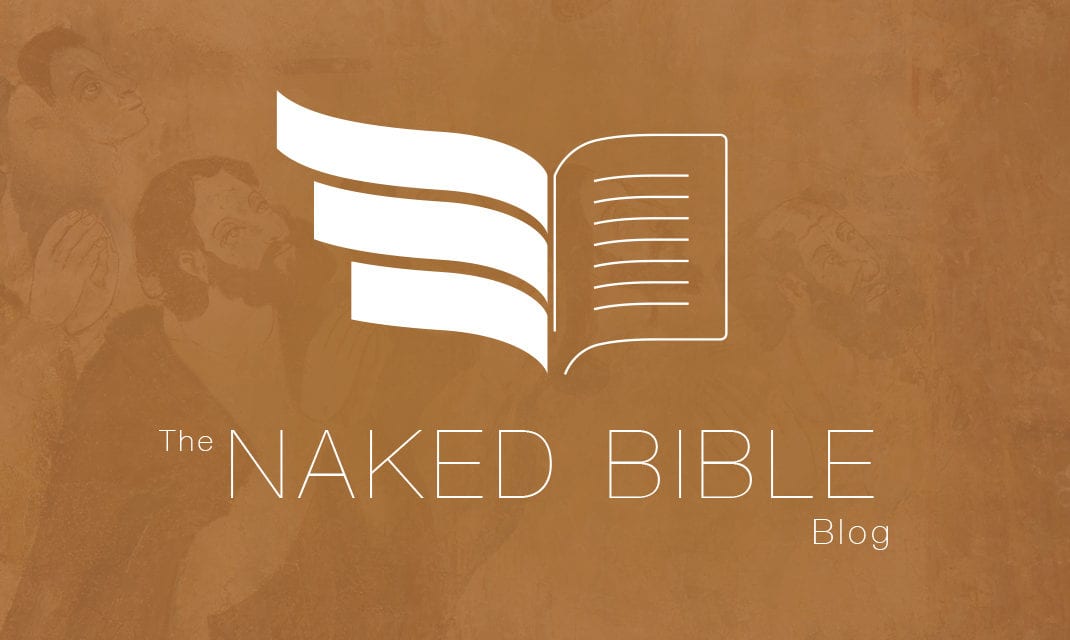In this, my fourth post on the Zondervan Illustrated Bible Backgrounds Commentary (ZIBBC), I’ll say a few things about Volume 3, which covers 1-2 Kings, 1-2 Chronicles, Ezra, Nehemiah, and Esther.
I know. You’re thinking, “What could anyone possible put into a backgrounds commentary for the books of Kings and Chronicles–nothing on the planet could make those books interesting.” I understand. But you’re wrong. Believe it or not, ZIBBC Volume 3 packs an amazing amount of data into its pages. And even though the content of Chronicles largely repeats what you’d readin 1-2 Samuel and 1-2 Kings, the editor(s) saved a lot of informative background material that could have gone into those books for Chronicles.
First, broadly speaking, there are a high number of photographs of various archaeological sites (tells) that have been identified with key locations in these books. With Ezra, Nehemiah, and Esther the number if fewer, which is understandable since we’re really dealing only with the Persian Empire and rebuilidng Jerusalem and its walls in those books. For Kings and Chronicles, ZIBBC-3 is a nice guide to the archaeology of the period as it relates to Syria-Palestine. Frankly, I have several books on biblical archaeology and this volume would give any of them a good run for their (your) money on Iron Age sites.
Now for a few things in the volume that I thought were especially interesting and well-chosen.
Volume 3 includes several interesting excurses pertaining to religious elements:
1. Solomon’s dream with respect to the temple is illuminated by texts of a similar genre called “incubation dreams” (p.21).
2. Photographs of high places, cherubim iconography, Jeroboam’s sanctuaries at Dan and Bethel are nicely chosen to illustrate various points in the text (pp. 20, 32, 59).
3. There are interesting sidebars on Zion theology (29), ANE metallurgy (38), siege warfare (140), temples and sacred space (298), the evolution of chariot warfare (296), and large numbers in the Hebrew Bible (328-329) that are concise yet very informative.
4. There are a number of photographs and sidebars dealing with Ugaritic material (72, 117-118). It was nice to see attention drawn to this material, though I have a bone to pick about it (see below).
5. Important extrabiblical textual references are included that specifically mention biblical figures. Examples include: the Mesha Stela (Moabite Stone), the Black Obelisk of Shalmaneser III, and the Tel Dan Stela.
6. Of particular merit, in my view, are the essays on the Syro-Ephraimite crisis and the fall of the Northern Kingdom (355-357), the extended treatment of Hezekiah’s dealings with Sargon II and Sennacherib (184-198). There is also a telling example of a child footprint imprint with cueniform writing detailing how children were sent into debt slavery (cf. the Elisha story in 2 Kings 4).
Now for a few criticisms. In my first post, I alluded to the problem of much background discussion in evangelical reference sources where parallels to the material culture and historical-archaeological were abundant, but discussions of how Israelite religion (both orthodox and heterodox) were very shallow, almost as though the notion that pagan cultures couldn’t relaly inform Israelite theology. I commended Volume 1 for avoiding this. Unfortunately, Volume 3 perpetuates the problem.
Here’s what I mean. For all the pictures of Ugaritic tablets and notes about the Baal Cycle, there is little discussion on how the religion of Ugarit informs specific passages and religious practices–and yes, how it can even illumine biblical theology. In regard to the latter, OT theology didn’t occur in a vacuum any more than marriage or military customs. It would have been nice in addition to just seeing a picture of a Baal Cycle tablet we would have gotten some discussion of how its contents illumine exegesis. This is appropriate because the series is a commentary, not just a picture book. We are later shown a picture of the Khirbet el-Qom inscription with its reference to “Yahweh and his Ashera(tah),” but all we read is that the reference to Asherah likely speaks to a shrine, not the goddess. Fine–explain to readers what the debate is about! This is the place to bring that to readers. The commentary here provides an answer to which most readers won’t even know the question. Tell them. We also encounter a short excursus on Snakes and worship in the ANE. A very good choice for a rabbit-trail, but only if you answer a simple question–WHY would people worship snakes? This question isn’t raised and so is never addressed. It isn’t sufficient to inform readers that people worshipped snakes and show them an iconographic representation of that. Get into the belief systems.
Aside from religion, I also felt the commentary dropped the ball on the Tel Dan inscription and discussions of “Solomon’s buildings.” The former could have gone into detail about why the inscription is controversial (and provide a coherent answer). The latter would be a useful place to introduce readers to the criticism of proof for David and Solomon because many of these buildings are assigned to the Omride dynasty. Commentaries should bring up issues that readers will not otherwise encounter and then address them.
Despite these points of dissatisfaction, Volume 3 is a rare find. If I were to teach a course on the biblical Iron Age, this would be a required text.





